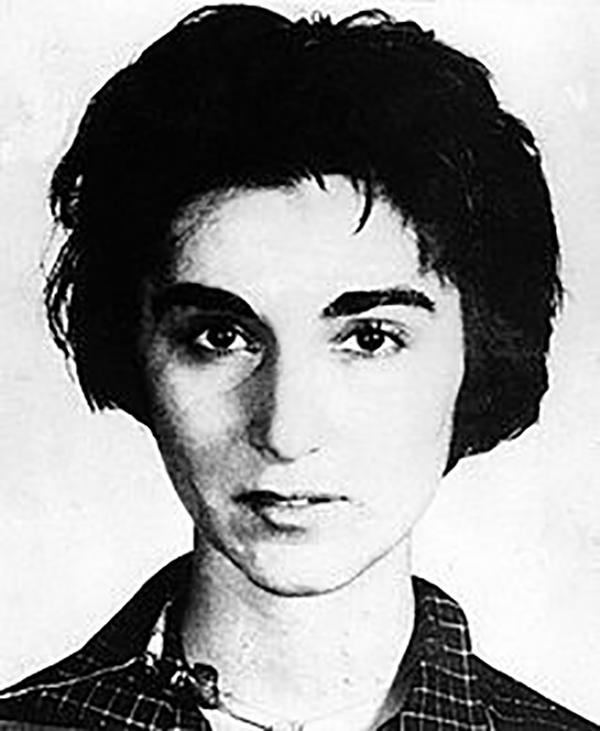An infamous murder case is reinvestigated in ‘The Witness’
“The Witness” Documents the story of Kitty Genovese, the woman who was stabbed in 1964 as 37 witnesses stood by without calling the police.
October 9, 2015
In the streets of 1964 New York, Kitty Genovese was stalked and murdered as 38 witnesses allegedly chose to turn a blind eye to the screaming woman they saw outside. Subsequently, a New York Times article declared the incident as the ultimate example of human callousness and urban apathy, which prompted countless studies and campaigns to promote being an active citizen.
But what if all of those accusations of apathy were a lie or at the least, several glaring half-truths? “The Witness” finds Kitty’s youngest brother, Bill, searching for answers as to why so many people would ignore desperate screams for help, and what quickly becomes apparent is that this was truly not to be believed.
In terms of structure, “The Witness” feels much less like a documentary and more like hard-boiled detective work. The entire film is carried along by Bill’s deeply-voiced narrations, with interviews cut between the speaker and him to feel more conversational and scenes of the family trying to understand Bill’s obsession. This style is surprisingly welcoming, and gives the film a jump from revelation to lamentation to investigation.
Unfortunately, the film doesn’t offer much resolution. Bill often acknowledges that he probably won’t find some kind of life affirming answer from all of this, but acknowledging that fact doesn’t excuse the film’s frantic nature. The early parts of the film focus on the uncovering the witnesses and discovering the falsehoods of the Times article. As it turns out, several people called the police. Many of them didn’t see a mysterious woman outside and one person even rushed down to hold Kitty in her final moments. Writers were aware of these egregious errors and chose to say nothing out of fear of blacklisting — which is ironic, given that Kitty’s death became the symbol of passive bystanders.
But all of that is dropped out of nowhere to focus on the family and who Kitty was. There’s time spent trying to piece together her city life, including her jobs at bars and her secret female lover. Again, all compelling stuff, especially when put in the context of Bill, who was so distraught by the seeming callousness around Kitty’s death that he volunteered for Vietnam, losing his legs in the process. However, this plotline is also dropped in order to focus on the killer and try to get some resolution with him.
We do end up with a conclusion, but given the lack of anticipation towards it, the result isn’t the gut punch it should be, just another interesting moment in a decent and moderately fascinating documentary. It’s worth a look for those interested in the psychology of the events; just don’t expect too many revelations.
Email Carter Glace at [email protected].



























































































































































